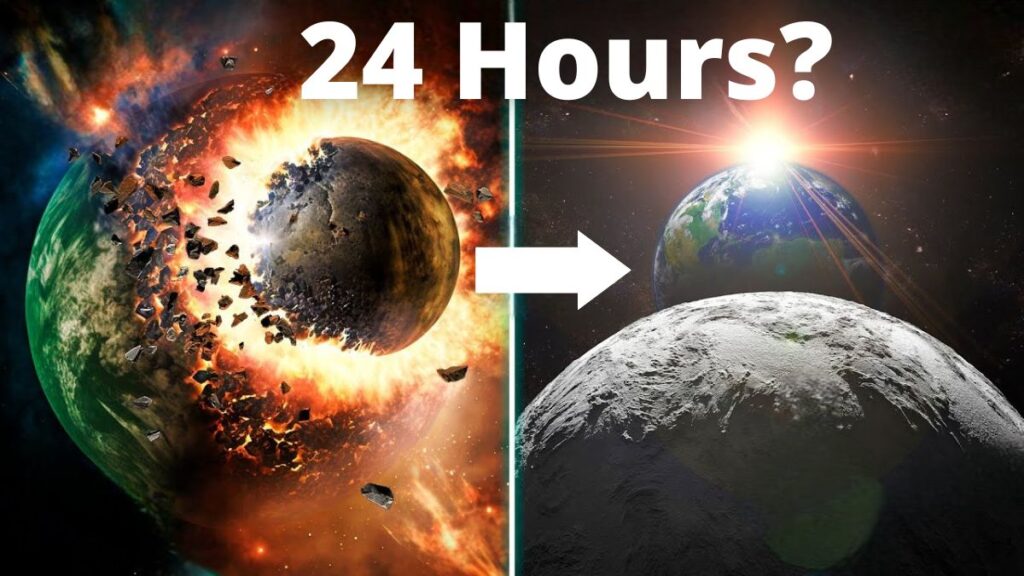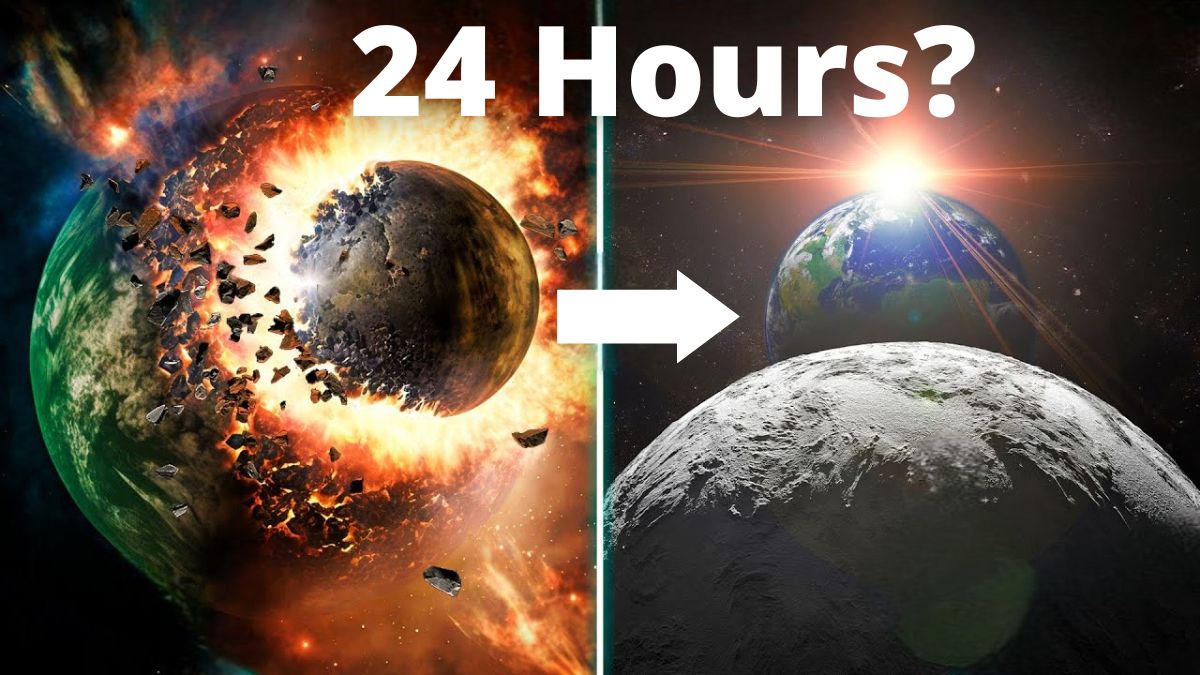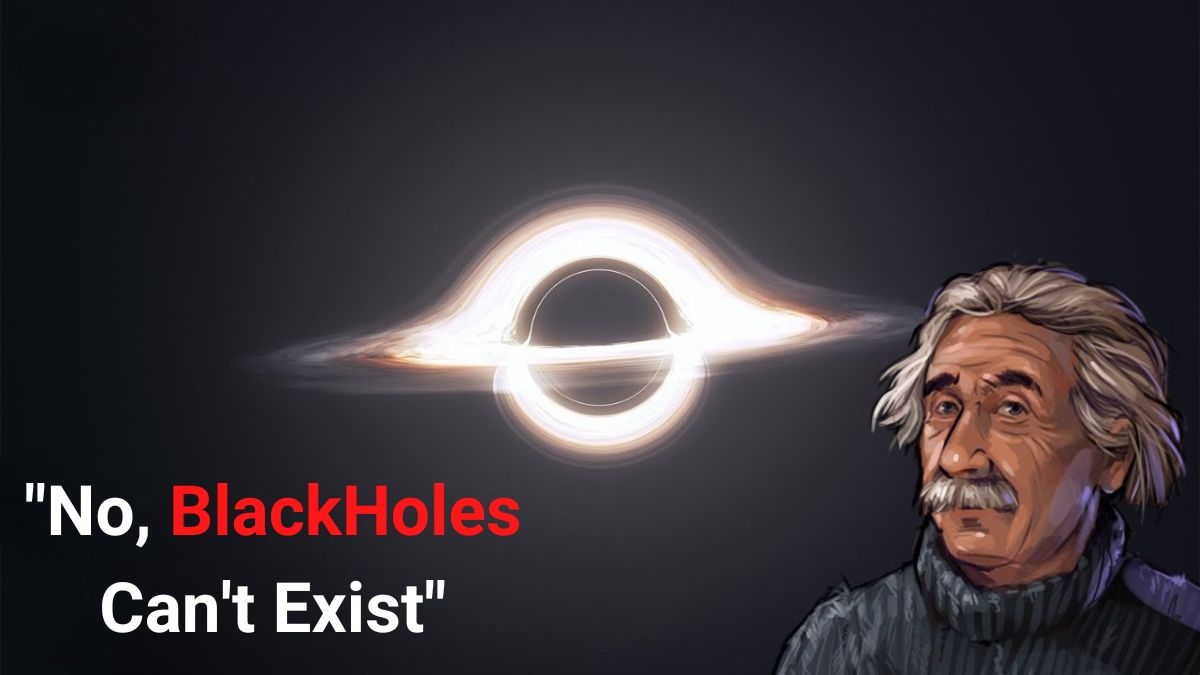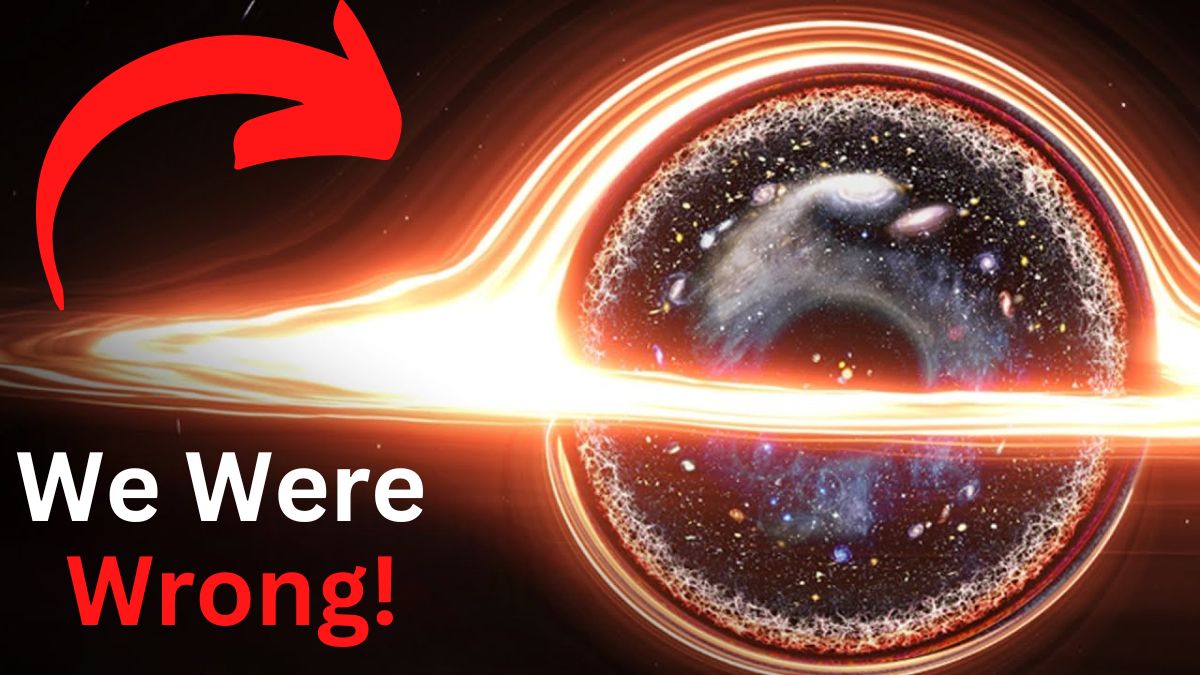
Einstein once asked if, “the moon only exists when I look at it?”
It was a rhetorical challenge to the idea that quantum mechanics measurements make reality real.
However, there was a time when the moon did not exist, and then it suddenly did a few hours later.
Certainly, based on the most recent simulations of its formation.
Although no one was present to witness the moon’s formation, let’s take Einstein at his word and assume that it was a real event.
We have to be clever to figure out what happened without direct observation.
Additionally, there is every reason to be curious.
The moon of Earth is extremely unusual.
First and foremost, it is enormous; it is by far the largest object in the solar system in relation to its planet.
Except for Pluto, which is no longer a planet, so whatever.
The moon’s unusual composition also includes a tiny iron core for its size.
On the other hand, the elements that it does contain appear to have been scraped off the earth’s surface, which is completely unheard of for a celestial body that was not scraped off the earth’s surface.
Let’s talk about how we even know all of this and why these moon properties are so unusual before we get into how this body could have formed.
Humans made their first ever visit to the moon just a few short years ago, a magical time period of half a century ago.
Even though the Apollo program had a political component, it also provided a wealth of scientific information about our celestial little brother.
For instance, geologists were able to detect the moon’s vibrations thanks to the installation of seismometers at each landing site.
Seismic waves, or moonquakes, are caused by impacts from asteroids or even the spent fuel stage of the Apollo 17 Saturn V rocket.
They reverberated throughout the lunar core.
We can reconstruct the interior of the moon from the nature of the waves that reach the seismometer.
Additionally, it turns out that the moon’s interior is strange.
Most notably, its inner iron core is extremely small—about 20% of the moon’s diameter—and is surrounded by a mantle that has been frozen for a long time.
Earth’s core, on the other hand, is closer to 50% of its diameter.
The second layer of the mystery has been added by the half-ton of material that the Apollo astronauts brought back from the moon’s surface.
Each isotope of an element on the periodic table can have a different number of neutrons.
The protoplanetary disk from which our solar system emerged had varying ratios of an element’s isotopes.
The isotopic ratios in our system are unique to each world.
Similar to Earth, Mars is distinct from a random asteroid.
However, oxygen isotopes in the lunar silicate rocks of the Apollo samples are identical to those on Earth to a few parts per million.
Ok, Consequently, the moon’s tiny iron core reveals a distinct abundance of heavy elements despite sharing an isotopic composition with Earth’s crust.
We will require additional data.
And we can see that simply by observing the moon.
The lunar surface’s rock types also reveal the planet’s past.
There are clearly parts of the moon that are lighter and darker.
Similar to the dark rocks of Hawaii and Iceland, the dark regions are basaltic flows formed when volcanic magma oozes onto the surface and froze.
These so-called “mare,” which comes from the Latin word for “sea,” fill a lot of relatively flat impact craters in the lowlands, most of which are on the near side of the moon.
Meanwhile, the rocks with the light spots are anorthositic.
Similar to basalt, this is also an igneous rock, but it formed differently.
Anorthosites form “intrusively” within the magna, whereas basalt forms “extrusively” on the surface.
They are less dense than the magma that makes them and are composed of light elements like calcium, silicon, and oxygen.
As a result, anorthosite fragments tend to float to the top when they begin to freeze within the still-molten magma.
These rocks tell us that a layer of liquid magma once covered the moon, covering it for tens to hundreds of millions of years.
As eruptions pushed some magma back up on top, it would have formed a light anorthositic crust over that time that was later flecked with darker basalt.
Then, for good measure, add a few billion years’ worth of impact craters.
So, then, how do we create a massive moon from material that looks like earth, has a tiny core, and is completely covered in magma?
Let’s talk about a few different ways to make a moon and see if we can all agree on one.
The method we use to create planets might be the most obvious.
The protoplanetary disk, left over from the sun’s formation, is pulled apart by gravity as planets emerge from it.
However, during that process, they create their very own “circumplanetary disks.”
Jupiter’s large moons are likely the result of this kind of formation, in which planets and moons grow simultaneously until the disk is exhausted.
Since the earth and moon would have formed from the same general region of the protoplanetary disk, this mode of formation would explain why they have identical isotopic ratios.
However, if this were the entire story, we would anticipate that the moon would contain roughly the same proportions of various elements, not just identical isotope ratios for each element.
Additionally, the minuscule core of the moon reveals otherwise.
The fact that the plane of the moon’s orbit and the earth’s rotation axis do not align is yet another argument against this formation mechanism.
They ought to line up if they came from the same disk.
Okay, so the moon probably didn’t form in a disk around the sun when the earth did.
What else do we have?
The alternative to making your own moon is ordering one from a restaurant.
There are a lot of moons in the solar system that have evidence that they formed somewhere else before being pulled into the planet’s gravitational pull, but doing that is harder than it sounds.
The most difficult task is keeping your potential moon from whizzing back into space after a close flyby by slowing it down.
As a result of atmospheric drag, gas giants are able to capture asteroids.
It’s also a possibility for the sad potato moons on Mars.
However, considering that our moon’s atmosphere is completely dwarfed, this seems highly unlikely.
Dropping two moons at once is an additional method for capturing them.
A binary, or actually trinary, system’s intricate gravitational ballet can keep one body in orbit while kicking the other out at a higher velocity than when it entered.
Due to its enormous tilt and backward orbit, the source neptune’s moon triton probably participated in this kind of “exchange.”
Until, you guessed it, the apollo missions ended it, capture was actually one of the most widely accepted explanations for the origin of our moon.
The moon and earth formed from the same material, as demonstrated by those isotopic ratios.
If it did not originate in the earth’s circumplanetary disk, then how did it emerge from the same materials?
The giant impact hypothesis is the final, most likely, and unquestionably awesome scenario.
The basic premise is that two protoplanets collided while forming in the same orbit.
The larger one, which we’ll refer to as proto-earth, and probably a mars-sized body, which we’ll refer to as theia after the Greek goddess of the moon in mythology.
Theia probably formed at the l4 or l5 Lagrange point, one sixth of an orbit ahead or behind proto-Earth.
Theia’s orbit became unstable about 100 million years ago, when the planets had already consumed the majority of the raw materials in the solar system. This was probably caused by the gravitational pull of the other planets.
It started to move toward the ground.
Let’s take a moment to imagine what that would have looked like: a massive planet expanding in the sky until… Well, for the sake of decency, let’s zoom out and examine a simulation of what might have happened.
When Theia collides with proto-Earth, the resulting debris circle the smoldering planet.
In the end, most of that debris falls back onto the earth, but some of it recedes and, over a period of months to years, uses its own gravity to pull itself into the moon.
The isotopic similarity of the earth and moon would result from mixing during the impact, according to the giant impact hypothesis, which provides a solution to many of our issues.
The lighter material from both planets was sprayed into space, while theia’s iron core was absorbed by the earth, which is why the moon’s iron core is so small.
Additionally, rock would have easily liquefied in such a collision, resulting in our lunar magma ocean.
In addition to providing an explanation for the anomalies on the moon, this hypothesis provides additional information regarding the peculiarities of Earth itself.
Earth’s strong protective magnetic field is due to the planet’s iron core, which is particularly robust.
It’s possible that absorbing theia’s core helped out there.
Lastly, the earth’s own rotational axis is now tilted, despite the fact that it should have started out the same as its orbital axis.
Depending on the angle of impact, this collision would have been more than sufficient to cause our tilt to veer off course.
Although a lot of the data seem to support this story, there are many unknowns.
What were the bodies’ actual masses?
What is their speed ratio?
Was it a head-on collision or a passing hit?
And how on earth is this even tested?
In computer simulations, we can obliterate worlds to our hearts’ content, but we are currently unable to go and smash protoplanets into each other to test these various scenarios, at least not yet in the real universe.
Scientists investigate the wide range of outcomes for various scenarios involving a giant impact by employing massive hydrodynamic simulations that are executed on supercomputers.
It is a sign that we are on the right path if a particular setup for a virtual collision between a proto-earth and theia results in something like the earth-moon system.
Up until this point, typical simulations have proceeded in the manner that I have described: theia crashes into the moon, spewing out a large tail of debris that splashes around the earth and also forms a large disk in orbit.
that forms the moon over months to years.
Even though this method allows us to test virtually any scenario, the simulation’s resolution remains a significant limitation.
Although we are unable to imitate every atom or even every pebble, we are able to approximate the system as comprising, for instance, hundreds of thousands of particles that all interact gravitationally and fluid cells that interact hydrodynamically.
If increasing the resolution does not significantly alter the outcome, you can be sure of these approximations’ outcome.
However, a brand-new simulation performed at a significantly higher resolution has discovered something entirely novel, suggesting that this is not yet the case.
Dr. earlier this year
With as many as one hundred million tiny matter particles, Jacob kegerreis of nasa ames and durham university in the United Kingdom and his collaborators conducted simulations that were a thousand times more detailed than conventional simulations.
Let’s look at their most accurate simulation to see what they found.
We begin with a scenario that is pretty typical: a proto-earth that is very close to Earth’s size and a theia that is about Mars’ size.
Although it is not a head-on collision, the collision occurs at a 45-degree angle and nearly at escape velocity.
Theia is basically destroyed while the proto-earth survives the collision.
A plume that reaches thousands of kilometers into space is produced when theia debris tears away a significant portion of the early earth’s mantle.
But right now, we see something that no one else has ever seen.
There are two moons for the shortest time, maybe a few hours.
This only occurs in these most thorough simulations.
The larger one lifts the smaller one into a wider, more stable orbit while the larger one sinks back into the earth.
These simulations demonstrate that theia can strike the earth, create two satellites, destroy one, and create our moon in just under two days.
That contrasts sharply with the previous illustration, which depicted a material ring coming together over several months.
The new simulation gives us something very similar to our own system: a moon that is roughly one percent as big as Earth and has an outer layer that is heated to 4,000 degrees Celsius, which is enough to make our magma ocean.
Compared to other models, this virtual moon’s interior is almost entirely composed of theia, while its surface contains significantly more material from proto-Earth.
However, just like the real moon, the iron content is low.
So, as I mentioned,
According to this simulation, the moon is in place within a few hours, with all of the characteristics of the actual moon, while for the first few minutes there is nothing but a massive planet hurtling toward you.
Naturally, there is still a great deal of uncertainty.
The fact that a few simulations produce something that resembles the moon does not imply that this is exactly what took place.
However, we could argue that this is a more conceivable scenario than the previous concepts due to the quality of the simulation.
If we put even more resources into the problem, just think of what we could learn.
We could, for instance, include magnetic fields, which both bodies ought to have possessed prior to the collision.
We will never be able to accurately describe how the moon formed, but as more evidence accumulates and simulations become more accurate, we can continue to narrow down the range of possibilities until we have a general idea of what most likely happened.
We can also put our theory to the test if these simulations yield predictions, such as the nature of the moon’s interior.
It’s possible that we’ll soon be able to confirm that the strangest moon in our region of space time was caused by a cosmic catastrophe.
If you discovered time travel and thought, “Great!
Now I can debate Einstein and Schrödinger’s interpretations of quantum mechanics in the 1920s!
In that case, you would need to learn German.
Unless you already know this, I would like to introduce you to Speakly if you have ever desired to learn another language.
Speakly was developed by two polyglots who each speak seven languages and provide users with access to eight distinct languages.
They conducted research on thousands of language learners and developed a one-of-a-kind approach that teaches words and sentences based on how they apply to real-world scenarios.
As a result, you won’t learn anything that makes it impossible for you to speak the language.
You’ll learn new vocabulary through speaking, writing, listening comprehension, and even music recommendations in the language you’re learning so you don’t get bored. It’s available on mobile and web platforms.
I’m looking forward to another year of attempting to comprehend this absurd universe with you.
Curt Jaimungal’s wonderful theories of everything podcast is another good place to try to understand the universe.
Interestingly, he recently interviewed me about consciousness, free will, godel incompleteness, and physics dualities.
Okay, today we are taking comments on the episode about supercritical fluids, a bizarre hybrid state of matter that is both a gas and a liquid.
Mitchblahman13 inquires if I can define liquid metallic hydrogen, one of the hydrogen states found in gas giants.
It’s certain.
First, solid metallic hydrogen is a hypothetical state of hydrogen at very high pressures in which the electrons can freely move through the lattice formed by h2 molecules.
When the temperature is high enough to break the lattice bonds, liquid metallic hydrogen has the same electron-sharing properties of high density.
Even though it can flow, it retains a metal’s high conductivity.
Jason Bouvette and Chaospotato pose similar inquiries: could you swim or float on an ocean of supercritical fluid in an open-top boat?
Sadly, my intuition tells me no.
Swimming necessitates a lot of viscosity so that you can push against something to move forward.
Because the viscosities of supercritical fluids are closer to those of gases, swimming would require extremely large hands.
Despite the fact that some animals have hands big enough to swim in gas.
They are known as birds.
Because the boundary between the supercritical ocean and the gaseous atmosphere is not well defined, an open-top boat probably wouldn’t work.
This kind of boat is buoyant because it is filled with the medium of the atmosphere, which must be significantly less dense than the medium of the ocean to compensate for the fact that the boat’s material is denser than either medium.
However, there isn’t much of a difference in density between the boat’s rim and base in the supercritical fluid-gas boundary, which is hazy.
Therefore, the boat must be enormous in comparison to the transition scale between media in order to float.
You could also have a closed surface filled with gas of a lower density, which would allow you to float at the boundary with ease.
This sounds really cool and steampunk, like a cross between a zeppelin and a submarine.
Roland Pihlakas requests that I briefly summarize once more the distinctions between supercritical fluid and gas.
Density is the main difference. Viscosity and the absence of surface tension resemble gasses, whereas density resembles a liquid.
Due to its high density, it is able to carry a significantly greater quantity of dissolved matter and heat than a gas and interacts with anything it comes into contact with much more readily than a gas does.
Because of its low surface tension and low viscosity, it can get into small spaces much more easily than a liquid, reaching the particles you want to dissolve.
Supercritical fluids are amazing solvents, oxidizers, heat carriers, and other properties when taken as a whole.
in addition to rendering them extremely corrosive.
Lord Marcus inquires if there is a supercritical phase during which liquids and solids become indistinguishable.
Gareth Dean’s response is correct: not really, since gasses and liquids are both fluids. There are no rigid bonds between particles, so an intermediate state between gasses and liquids is meaningful.
However, because solids have rigid bonds and cannot flow, there is no true intermediate state for liquids.
However, there are instances in which the effect resembles a hybrid because the solid and liquid states are so mixed.
Gels, which are fluid-filled crystal lattices of fiber networks, and colloids, also known as slimes, which are solid particles suspended in a liquid, are two examples.
Moreover, the assertion that glass is in fact a liquid is false.
The substance is amorphous.
Vitaliy Vuychych and Sascha Wust emphasize that cats are both solid and liquid when discussing solid-liquid hybrids.
Although it is true that cats can be brought into a state of equilibrium between liquid and solid, doing so requires raising their temperature to the point where they become molten.
That has been demonstrated to place the cat in a state where it is both solid and liquid at the same time, but it is no longer alive and dead at the same time.
Explore:







